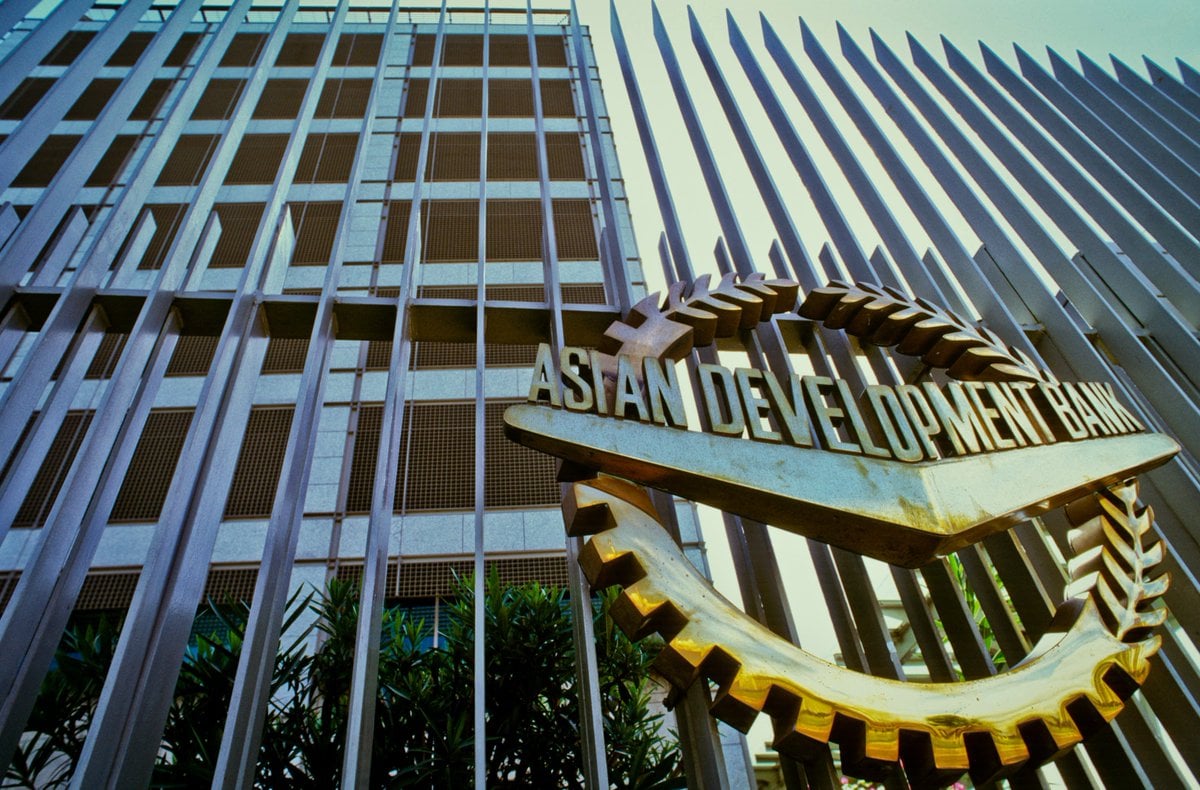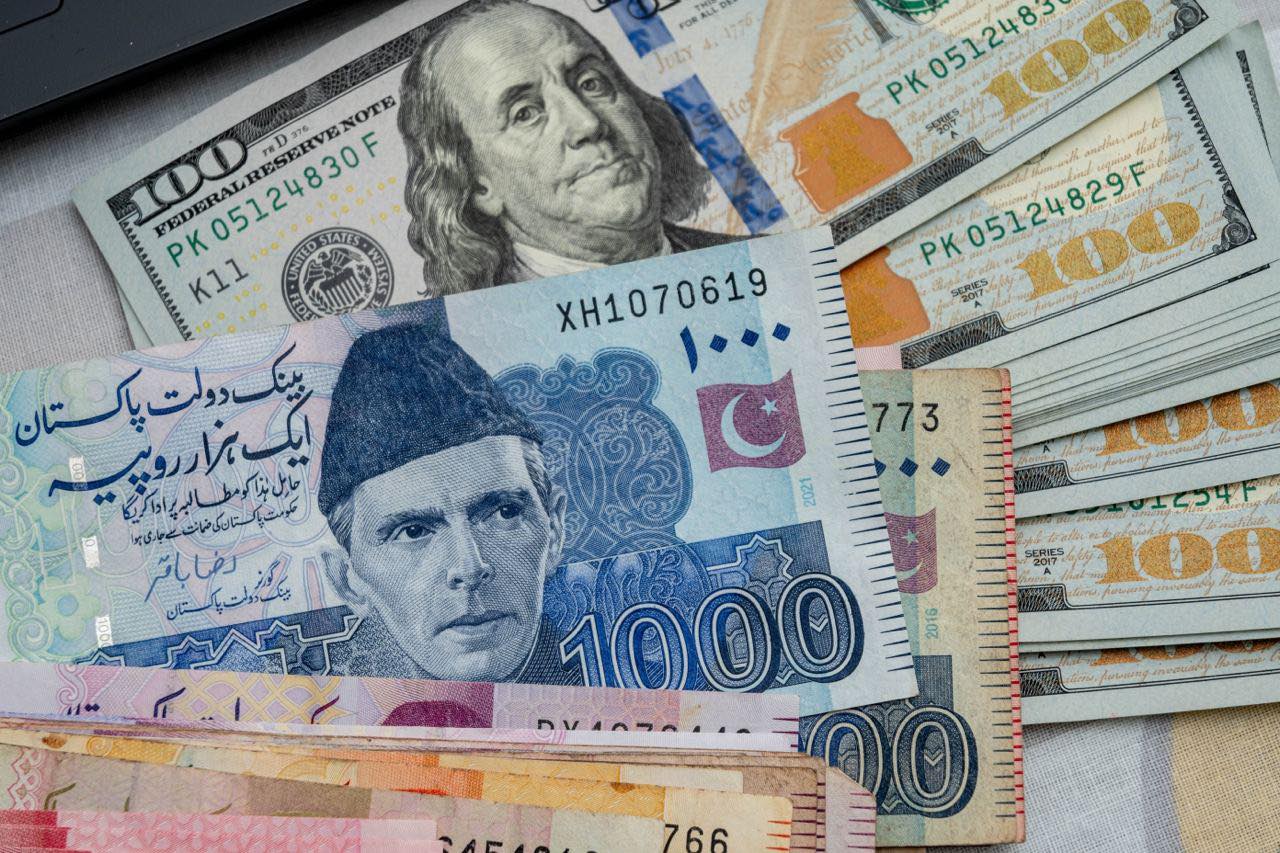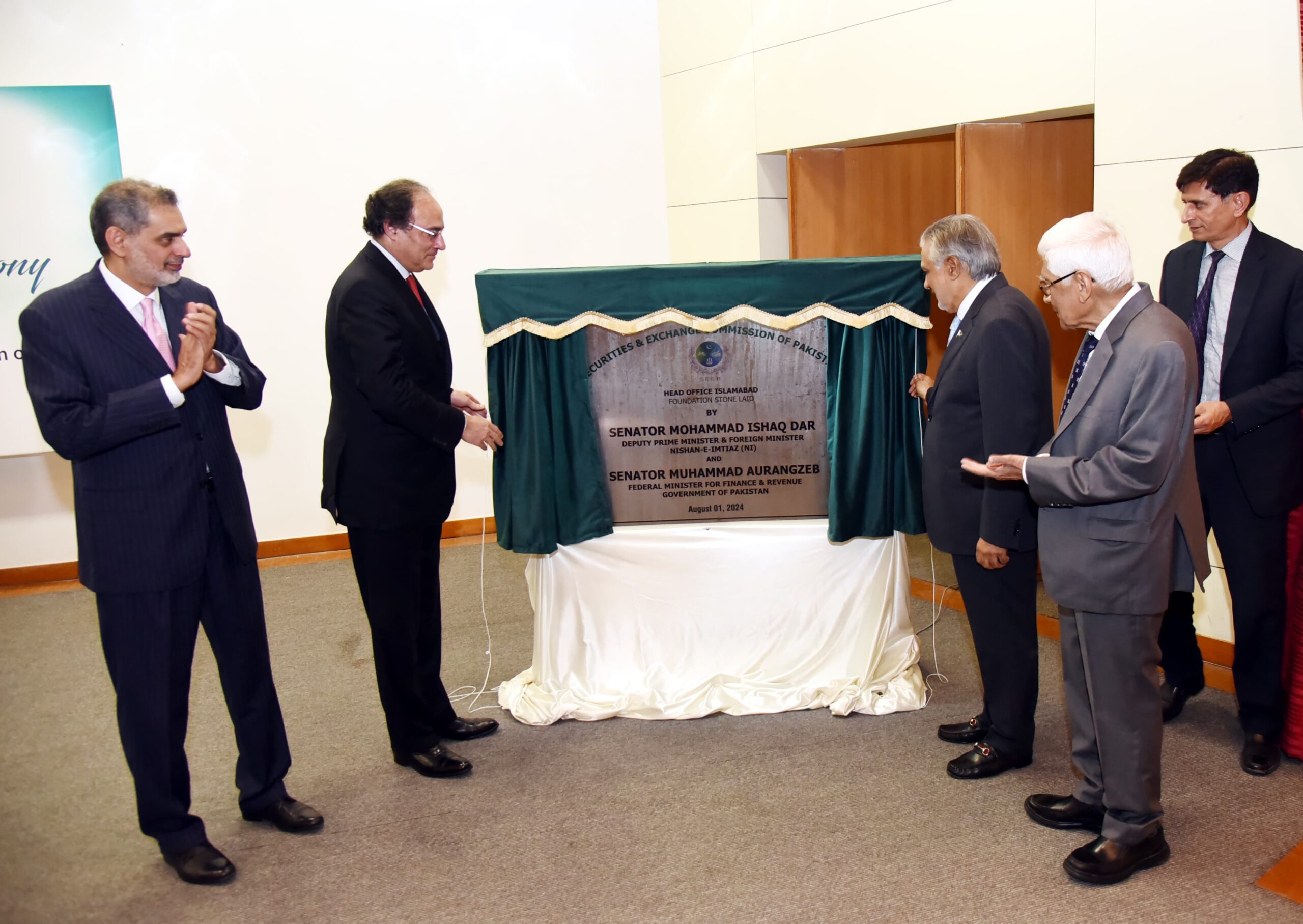Effective urbanization planning and management are crucial for Pakistan to unlock its full socioeconomic potential, according to the Asian Development Bank (ADB). In its recent report titled “Pakistan National Urban Assessment: Pivoting Toward Sustainable Urbanization,” the ADB emphasized that Pakistan is grappling with increasing challenges related to its rapidly expanding urban population.
Pakistan’s urban population is growing at an unprecedented rate, leading to uncontrolled urban sprawl. This growth has been accompanied by the proliferation of illegal developments and informal settlements that disregard planning regulations and building codes. These unauthorized expansions have resulted in substandard living conditions, disrupted city functions, and deteriorated urban environments. Furthermore, the encroachment into agricultural lands threatens future food security, adding another layer of complexity to the urbanization issue.
Given these mounting challenges, Pakistan must prioritize policy reforms, strategic planning, and increased investment to transform its cities into safe, resilient, and livable environments. These cities must also evolve into economic powerhouses that provide improved income, education, and livelihood opportunities for their residents.
The ADB report projects that by 2050, Pakistan’s population will exceed 400 million. The country is one of only eight nations expected to account for more than half of the world’s population growth until 2050. As the urban population continues to rise, with projections placing it at 99.4 million (or 40.7 percent of the total population) by 2030, the strain on cities already struggling with inadequate infrastructure and services will only intensify.
There are growing concerns that Pakistan’s urban population may be underestimated due to outdated methods of defining urban and rural areas. Since the 1981 census, Pakistan has relied on administrative boundaries to distinguish between urban and rural regions, ignoring the rapid growth of peri-urban areas. This oversight has led to a consistent underestimation of the urban population, hindering comprehensive analysis of urbanization-related challenges and opportunities.
Addressing this underestimation is critical for developing an accurate and effective urbanization strategy. Urbanization trends in Pakistan have concentrated demographic pressure in a few major cities. As urbanization accelerates, so does the concentration of the urban population in larger urban centers. In each province, capital cities hold a disproportionately large share of the urban population, intensifying both political and administrative challenges.
The successful implementation of an economic adjustment program is essential for restoring macroeconomic stability and fostering economic growth. The ADB report predicts that Pakistan’s GDP growth will recover modestly to 1.9 percent in the fiscal year 2024, with inflation easing to 25 percent. However, significant risks remain, including global price shocks and slower global growth. The near-term growth prospects are closely linked to the successful implementation of the economic adjustment program, which is supported by the International Monetary Fund (IMF) and other development partners.
This economic adjustment program focuses on fiscal discipline, a market-determined exchange rate, energy sector reforms, state-owned enterprise restructuring, expanded social and development spending, and governance and institutional reforms. The program aims to stabilize the economy and rebuild fiscal and external buffers, which are crucial for managing the challenges posed by rapid urbanization.
The rising dominance of the industry and services sectors in Pakistan’s major cities is driving economic development. While agriculture remains the largest source of employment nationwide, the services and industry sectors are the primary employment sources in all major cities. In 2018, urban areas generated 55 percent of Pakistan’s GDP, with the 10 largest cities contributing 95 percent of federal tax revenue. Karachi alone accounted for 12 percent to 15 percent of national GDP and 55 percent of federal tax revenue in 2018.
The institutional framework for urban governance in Pakistan has been complicated by the partial devolution of powers following the 18th Amendment to the Constitution in 2010. This amendment mandated the transfer of powers from the federal government to the provinces, with further devolution to local governments required under Article 140-A. However, the incomplete implementation of provincial local government acts has resulted in a complex urban governance model characterized by multiple stakeholders with overlapping functions and unclear mandates.
Without the transfer of adequate funds or authority to local governments, this partial devolution has created a system where neither provincial nor local governments can efficiently manage urban services. The existence of multiple, mutually exclusive governance structures has made it difficult to assign clear responsibility for municipal service failures. The varying approaches to devolution among provinces have also affected urbanization, leading to a patchwork of trial-and-error approaches across the country.
Furthermore, poor cost-recovery by publicly owned utilities has increased reliance on government subsidies, perpetuating a cycle of inadequate service delivery. This build-neglect-rebuild cycle is unsustainable and has contributed to the deterioration of urban infrastructure and services.
The report also highlights the severe economic impact of climate change on Pakistan, with the country projected to suffer the highest GDP loss in the South Asia and Southwest Asia regions, potentially reaching 9.1 percent annually under the worst-case climate scenario. This alarming projection underscores the urgent need for Pakistan to adopt sustainable urbanization practices that can mitigate the effects of climate change while supporting economic growth.
As Pakistan continues to urbanize, the need for a comprehensive, nationally informed approach to urban planning and development has never been more critical. The challenges of rapid urbanization must be met with strategic, well-coordinated efforts to ensure that the country’s cities can thrive as centers of economic, social, and environmental sustainability.




